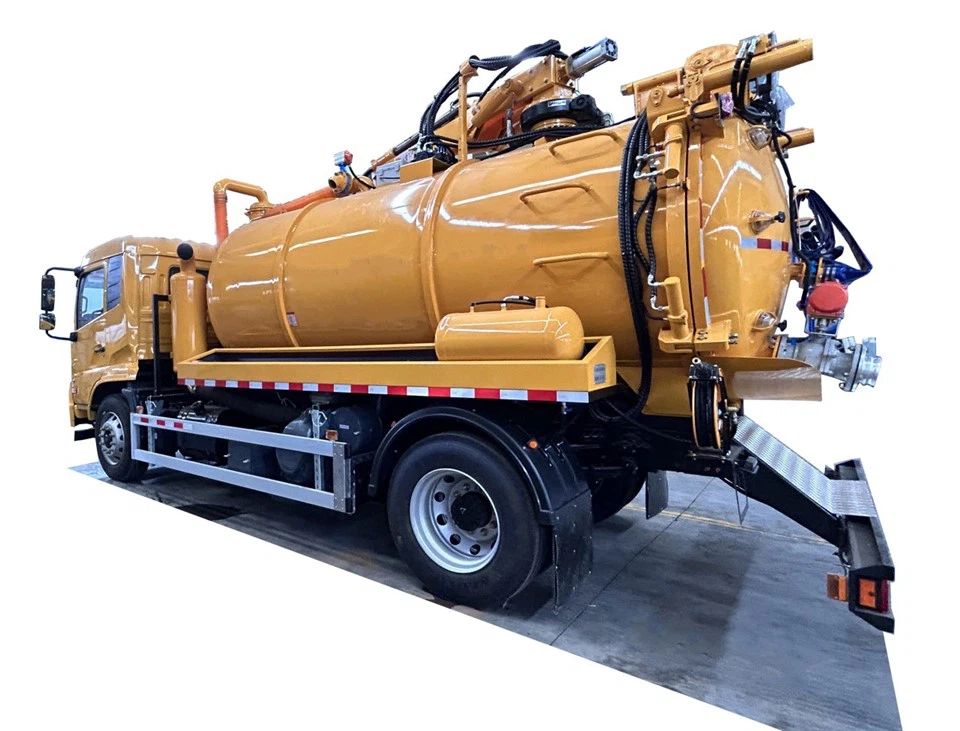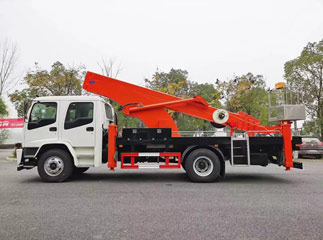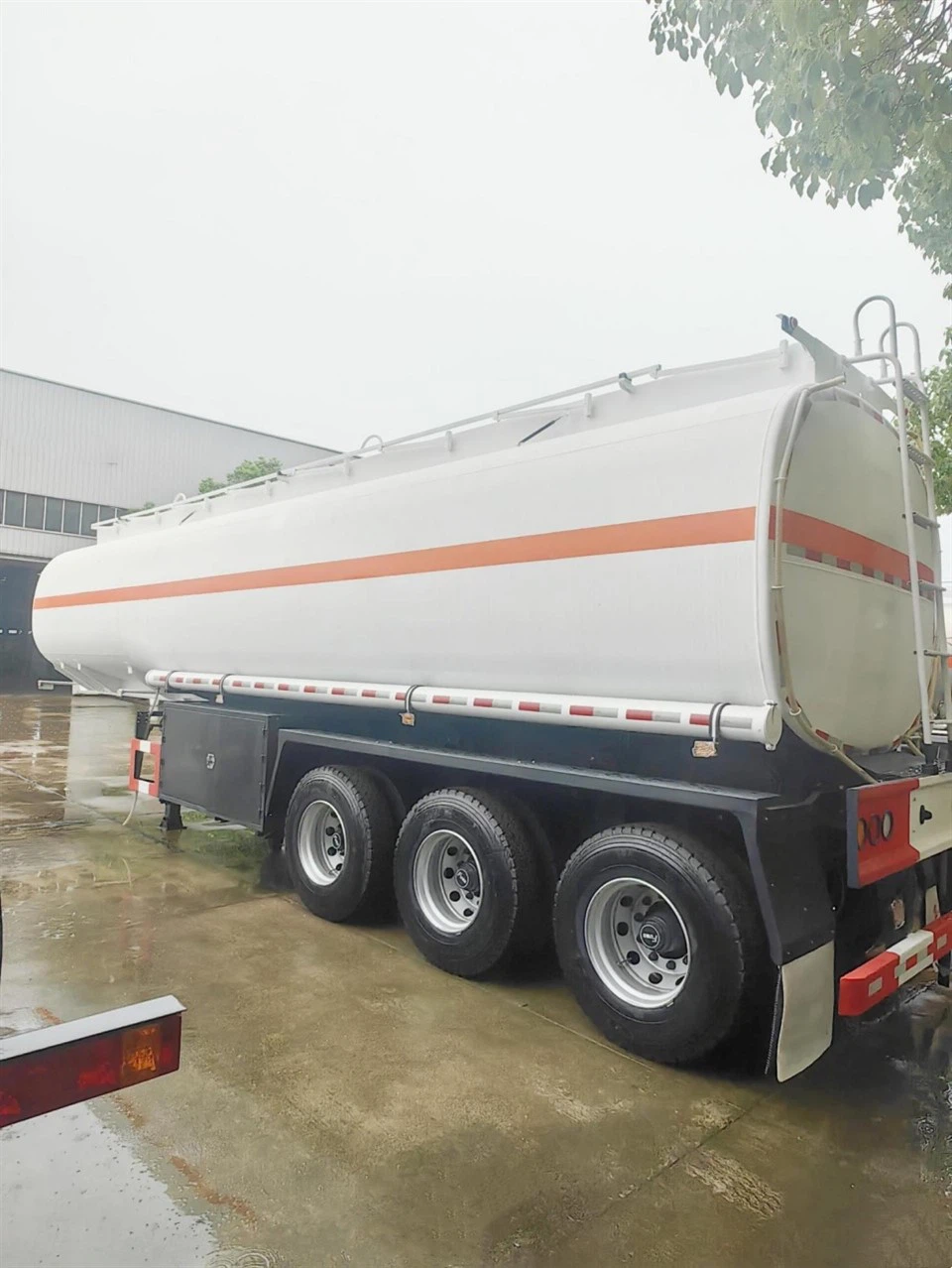What’s an Extended Cab? A Complete Guide to Understanding Extended Cab Trucks

Introduction
When it comes to choosing a pickup truck, understanding the various cab configurations is crucial. One popular option that often raises questions is the extended cab. This article dives deep into what an extended cab is, its advantages and disadvantages, its comparison with other cab types, and practical tips for prospective buyers. Whether you’re hauling cargo, transporting passengers, or both, knowing your options can make a significant difference in your buying experience.
What is an Extended Cab?
An extended cab refers to a specific design of pickup truck that features additional space behind the front seats. This design provides extra room for passengers or storage without the full size of a crew cab. The emergence of the extended cab was primarily driven by the need for functionality without sacrificing the truck’s aesthetic design. Below are the key characteristics of an extended cab:
Key Features
- Additional Seating: Typically seats two additional passengers compared to regular cabs.
- Rear Doors: These may be half-doors or regular-sized doors that allow for ease of entry.
- Limited Cargo Space: While providing extra passenger space, the cargo area is usually slightly compromised compared to standard cab models.
Advantages of Extended Cabs
Choosing an extended cab truck offers several benefits, making it a popular choice among many truck enthusiasts. Here are some of the main advantages:
Increased Passenger Capacity
Extended cabs offer the flexibility of accommodating more passengers compared to standard cabs. This makes them ideal for families or work crews.
Versatile Cargo Options
With additional cabin space, drivers can store tools, equipment, or personal items safely inside the cabin, reducing the risk of theft.
Comfort and Aesthetics
Many truck owners appreciate the overall look of extended cabs. They blend functionality with style, giving drivers the capability of needing extra space without appearing bulky.
Cost-Effective Solution
Compared to crew cabs, extended cabs are typically less expensive, providing a good balance between utility and affordability.

Disadvantages of Extended Cabs

Limited Rear Space
The extra space in the back is often smaller than what is found in crew cabs, which may not suit everyone’s needs, especially for larger individuals or adults.
Reduced Cargo Area

While the additional cabin space is appealing, it can sometimes come at the expense of the truck bed length, impacting overall cargo capacity.
Comfort Issues
The rear seats in extended cabs can feel cramped over long distances, making them less ideal for traveling with multiple adults for extended periods.
Extended Cab vs. Other Cab Configurations
When considering an extended cab, it’s essential to compare it to other pickup truck configurations to understand its unique offerings. The most common types of truck cabs include:
| Cab Type | Description | Passenger Capacity | Rear Seat Comfort |
|---|---|---|---|
| Regular Cab | Standard two-door cab with no rear seats. | 2-3 passengers | N/A |
| Extended Cab | Additional space with rear seats, half-doors. | 4-5 passengers | Moderate |
| Crew Cab | Four full-sized doors and spacious rear seating. | 5-6 passengers | High |
Practical Examples for Choosing an Extended Cab
Choosing the right truck can be daunting. Below are practical scenarios to help illustrate when an extended cab might be the best fit:
Family Use
If you’re a family looking for a truck for weekend trips, an extended cab provides adequate space for kids or smaller adults while still allowing you to haul bikes or sports gear in the back.
Work Use
For contractors who need to transport workers or equipment, the extended cab can be a great choice. It allows for storing tools safely while providing space for an extra team member.
Occasional Use
If you don’t regularly transport a large number of passengers but occasionally need that capability, an extended cab can provide a balance of functionality and comfort.
Tips for Buying an Extended Cab
Once you’ve decided on the extended cab configuration, consider the following tips while making a purchase:
Test Drive Different Models
Make sure to test drive various truck models. Pay attention not just to comfort in the front, but also how it feels in the back seats.
Consider Your Lifestyle
Reflect on how you intend to use the truck. If you regularly carry many passengers, a crew cab may be worth the extra investment.
Check Features
Look for features that enhance passenger comfort and safety, such as rear air conditioning vents and sufficient legroom.
Maintenance and Care for Your Extended Cab
Proper maintenance will ensure your extended cab remains a dependable vehicle over the years. Here are some care tips:
Regularly Inspect the Interior
Keep the rear seating area clean and free of debris to maintain the overall aesthetic of your truck.
Routine Mechanical Checks
Just like any vehicle, perform regular oil changes and inspections of brakes, tires, and the suspension system.
Protect the Exterior
Consider using a good-quality wax to protect the truck’s paint and keep it looking new for longer.
FAQ Section
1. What is the average size of an extended cab?
Extended cabs generally provide seating for up to five passengers and usually span about 6-7 feet in length overall, depending on the truck model.
2. Can I fit an adult comfortably in the back seat of an extended cab?
While extended cabs offer additional seating, rear seats are usually more suitable for children or smaller adults over longer distances due to limited legroom.
3. Are extended cabs good for towing?
Yes, many extended cab trucks have ample towing capacity. Be sure to check the specifications for the particular truck model.
4. How does an extended cab affect fuel efficiency?
Extended cabs might consume slightly more fuel than regular cabs due to the added weight, but the difference is usually minimal and varies by model and driving habits.
5. Can I convert an extended cab into a crew cab?
Converting an extended cab to a crew cab is not practical due to structural differences. It’s best to choose a model that meets your needs from the beginning.
6. What is the price difference between an extended cab and other cab types?
Extended cabs typically fall between regular and crew cabs in terms of pricing, offering a balance of affordability and space; the price difference can range from a few hundred to several thousand dollars depending on the brand and model.
